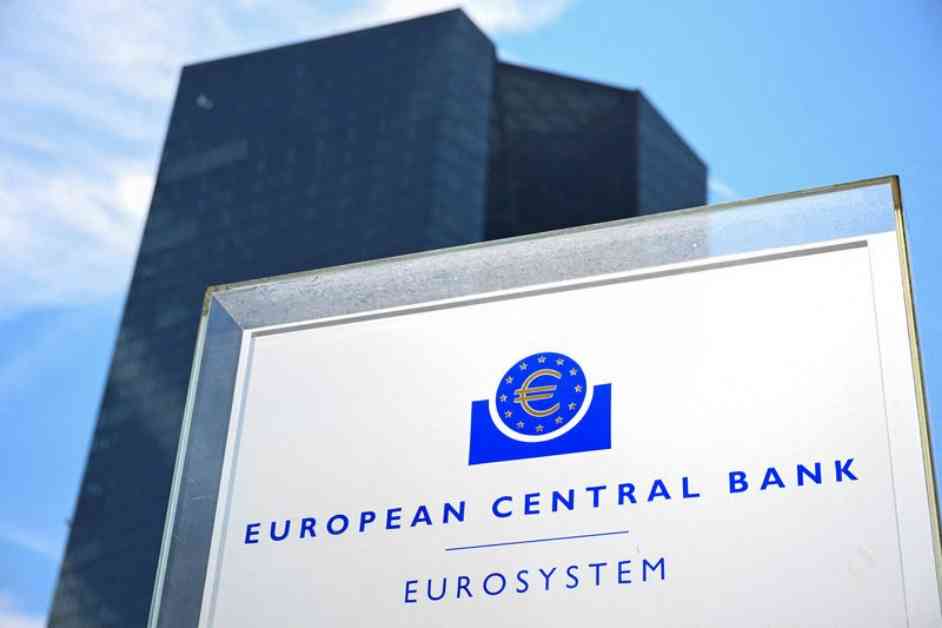The lending of banks in the Eurozone continued to recover last month. This suggests that the burden of high interest rates from the European Central Bank is gradually easing, even though the absolute level of lending remains modest, as data from the ECB shows on Friday.
Lending to businesses in the Eurozone grew by 1.1% in September, reaching the highest level since mid-2023. Lending to households increased by 0.7%, reaching the highest level since October of last year, according to the ECB.
The money supply M3, which is sometimes seen as an indicator of future economic growth, grew by 3.2%, a level that was last seen in December 2022 and exceeded the expectations of a Reuters survey of 3.0%.
This data indicates positive trends in the Eurozone economy, showing signs of recovery and growth in lending activities. It also suggests that businesses and households are gaining access to the necessary funds to support their activities and investments.
The increase in lending to businesses can boost economic expansion, as companies can use the funds to invest in new projects, expand operations, or hire more employees. This, in turn, can lead to job creation and overall economic growth in the region.
Furthermore, the rise in lending to households indicates that consumers are feeling more confident about their financial situation, which could translate into increased spending on goods and services. Increased consumer spending is a key driver of economic growth, as it supports businesses and stimulates demand in the economy.
Overall, the data released by the ECB paints a positive picture of the Eurozone economy, with signs of recovery and growth in lending activities. As the economy continues to recover from the impact of the pandemic, these trends are encouraging and bode well for future economic prospects in the region.


![EuroDreams (FDJ) Result: Draw of Thursday, November 28, 2024 [Online] news-29112024-173727](https://shanghainewstv.com/wp-content/uploads/2024/11/news-29112024-173727-218x150.jpg)














